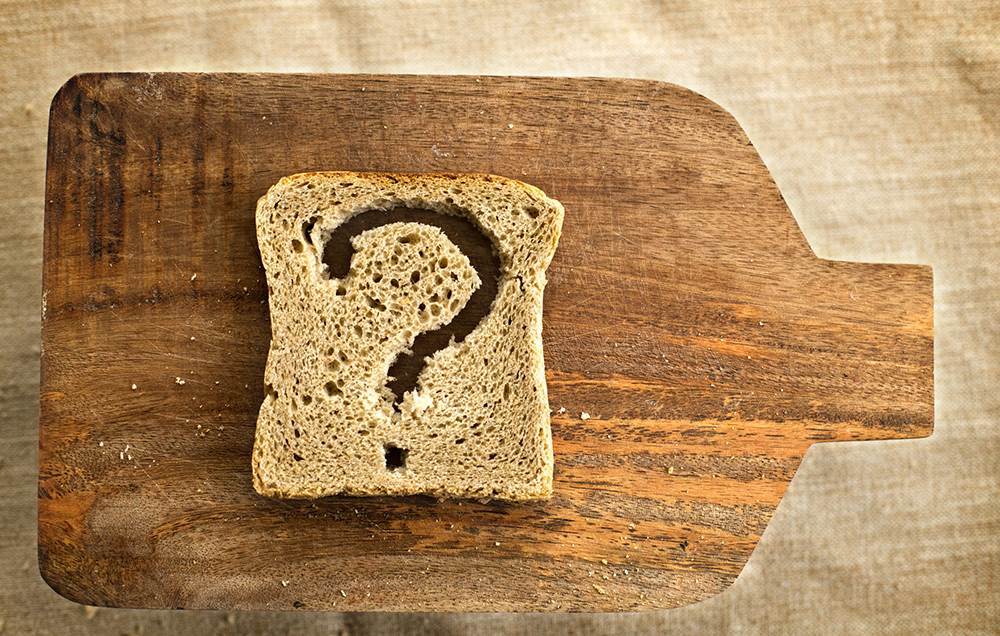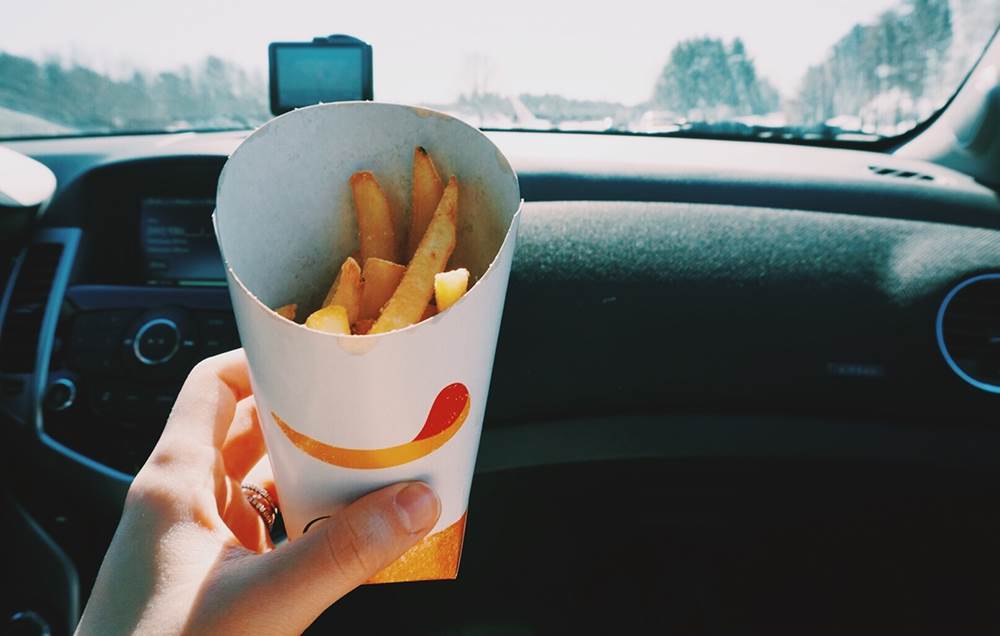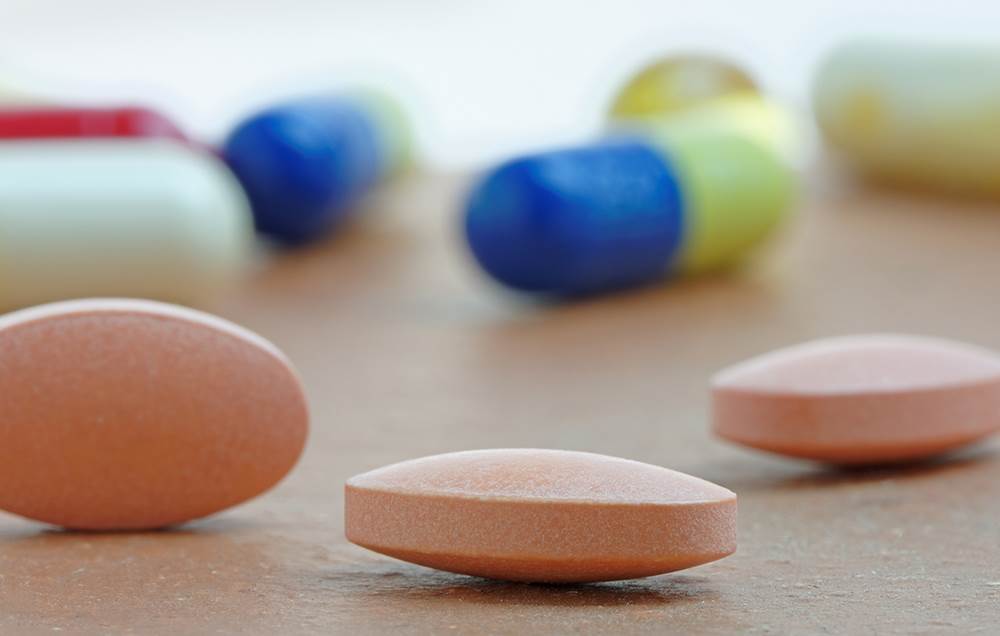We were surprised by these science-backed links to type 2.
If you consider yourself even a little health-savvy, you probably know the basic rules for keeping your type 2 diabetes risk as low as possible: Eat right, be active, and maintain a healthy weight. But guess what? Those aren’t the only things you can do.
(Want to pick up some healthier habits? Sign up for FREE to get healthy living tips, weight loss inspiration, slimming recipes and more delivered straight to your inbox!)
Believe it or not, there could be other factors at play that can up your odds. And some of them are pretty surprising. Here, six to watch for—and what to do instead.






Photograph by Getty Images
Going gluten-free when you don’t have to
Here’s more proof that you shouldn’t ditch the wheat, barley and rye unless it’s truly medically necessary. People who regularly consume gluten are 13% less likely to develop diabetes compared to those who steer clear, found a study of nearly 200,000 adults.
That could be because people who avoid gluten tend to eat fewer fibre-rich whole grains, which play an important role in lowering diabetes risk. “High-fibre diets are associated with improved insulin sensitivity, reduced inflammation, and lower blood pressure and cholesterol,” says certified diabetes educator Deborah Malkoff.
Photograph by Getty Images
Spending too much time alone
Sure, it can be nice to just curl up on the couch, watch Netflix, and not talk to anyone every once in a while. Just not all the time. Research shows that social isolation is tied to a greater risk for type 2 diabetes. In fact, women aged 40-75 who didn’t participate in social activities were 112% more likely to have diabetes compared to those with strong social networks, according to new BMC Public Health findings.
Experts don’t fully understand the connection, but it’s known that people who isolate themselves from family and friends are more likely to be depressed—which is a risk factor for diabetes, says endocrinologist Dr Sathya Jyothinagaram. So call a friend and make plans to grab coffee or see a movie. You’ll be glad you did.
Photograph by Getty Images
Cutting out the coffee
There are plenty of reasons to feel good about drinking your morning mud. Including this: People who cut their coffee consumption by more than a cup per day over a four-year period were 17% more likely to get diabetes compared to those who didn’t make a change, according to a recent Harvard study. And those who added an extra cup fared even better—lowering their diabetes risk by 11%. (The findings only applied to caffeinated coffee.)
Experts don’t fully understand java’s protective effects, but drinking it seems to promote steadier blood sugar levels. Just don’t nix the benefits by pouring in sugar or another sweetener, Malkoff says. If you can’t stand the taste of black, try using stevia instead.
Photograph by Getty Images
Using mouthwash
File under weird but true: Those who rinse twice daily are 55% more likely to be diagnosed with type 2 diabetes within 3 years compared to those who never use the stuff, showed a study.
More research is needed to understand the connection, but mouthwash works by wiping bacteria out of your mouth—both the bad and good kind. Some of those friendly bugs are thought to play a role in blood sugar regulation, and killing them off could make it harder for your levels to stay steady, Jyothinagaram says.
Still, clean teeth and gums can support better overall health. So if an oral rinse is a regular part of your routine, talk with your dentist. She can help you weigh the pros and cons to see if using mouthwash is still the right move for you.
Photograph by Getty Images
Eating too much salt
Excess sodium consumption can make you more likely to be overweight or develop hypertension—two big diabetes risk factors. But that’s not all. Going crazy with the salt shaker can also have a direct impact on insulin resistance, say new Swedish findings. In fact, for each extra 1,000 mg of sodium subjects consumed, their diabetes risk increased by 43%.
Your best bet? Try to keep your sodium intake under 2,300 mg daily. If you can get below 1,500 mg, even better.
Photograph by Getty Images
Taking statins
The meds can be an important tool for getting your cholesterol in check. But taking statins is also tied to slightly increased risk for type 2 diabetes, according to a 2010 analysis of 13 studies that looked at 91,000 participants. More recent findings, published in 2017, found that statin use upped the odds for diabetes by as much as 36%.
How the two are related isn’t totally clear. Having high cholesterol in itself is a risk factor for diabetes, so it could be that people who take statins are already predisposed to developing T2D. Still, it’s worth considering your options if your doctor says you need to do something about your cholesterol. “For some, lifestyle choices like eating right, exercising and quitting smoking may be a better route,” says Jyothinagaram.









